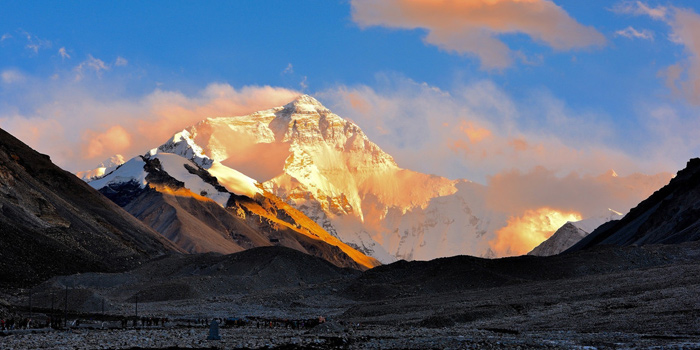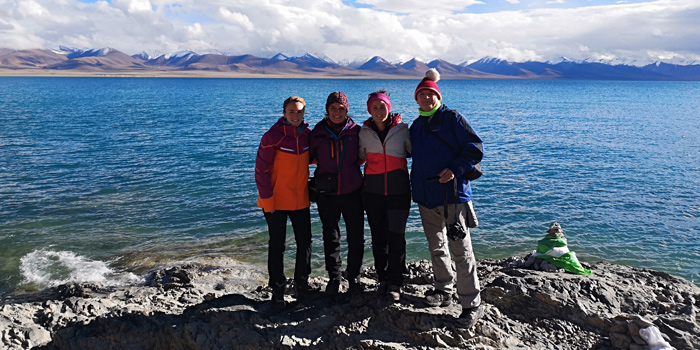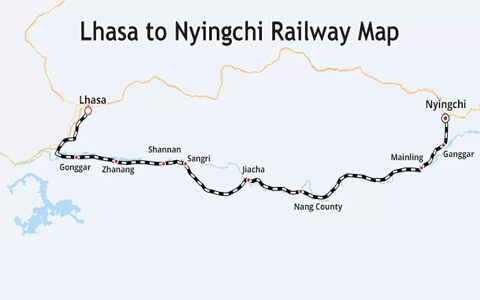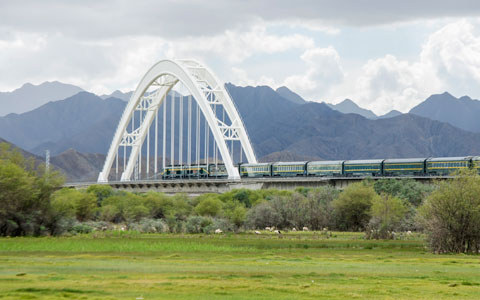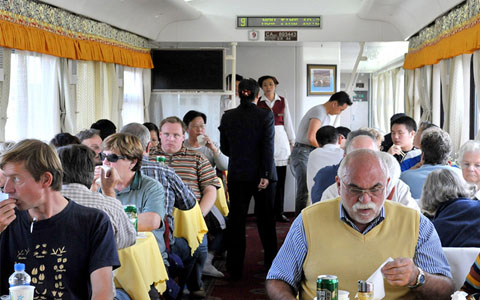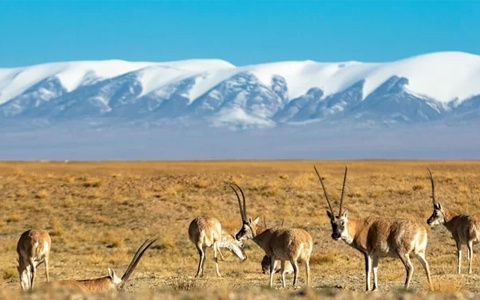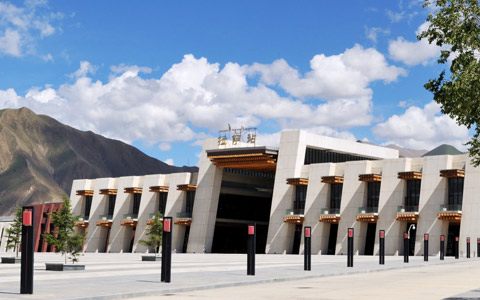Is there a high-speed train to Tibet? Top Things to Know about Bullet Trains to Tibet
While there are seven cities maintaining a consistent rail link with Lhasa in the Tibet Autonomous Region, none of them currently offer a direct high-speed service to the Tibetan regional capital. Nevertheless, with the ongoing development of high-speed rail in China, it has become feasible to take a high-speed train journey from Lhasa to Shigatse and Nyingchi, or vice versa. Additionally, thanks to the extensive high-speed rail network in the mainland of China, you can now enjoy a train tour to Tibet by combining a high-speed train journey to Xining with the traditional Tibet train from Xining to Lhasa.
To help you take advantages of these new opportunities, here are the top things to know about bullet trains in/to Tibet.
 1. Is there a bullet train/high-speed train to Tibet?
1. Is there a bullet train/high-speed train to Tibet?
 2. The first high-speed train in Tibet is the Lhasa-Shigatse train
2. The first high-speed train in Tibet is the Lhasa-Shigatse train
 3. The newest high-speed train in Tibet is the Lhasa-Nyingchi Train.
3. The newest high-speed train in Tibet is the Lhasa-Nyingchi Train.
 4. How fast is the bullet train in Tibet?
4. How fast is the bullet train in Tibet?
 5. What does the high-speed train in Tibet look like?
5. What does the high-speed train in Tibet look like?
 6. How much does the Tibet high-speed train ticket cost?
6. How much does the Tibet high-speed train ticket cost?
 7. How to book a Tibet high-speed train ticket?
7. How to book a Tibet high-speed train ticket?
 8. How to plan a high-speed train tour in Tibet?
8. How to plan a high-speed train tour in Tibet?
 9. How to enjoy both High-speed train and Tibet train to Lhasa from the mainland of China?
9. How to enjoy both High-speed train and Tibet train to Lhasa from the mainland of China?
1. Is there a bullet train/high-speed train to Tibet?
Currently, there is no high-speed train that can run all the way to Lhasa, the Tibetan regional capital. A direct high-speed rail link from Sichuan to Tibet is under construction and not currently open to passengers. The Sichuan-Tibet Railway's central segment, from Ya'an in Sichuan province to Nyingchi in the Tibet Autonomous Region, will connect the existing high-speed trains in Sichuan and Tibet and significantly reduce travel times. It is expected to be finished in 2030.
The other two segments of the Sichuan-Tibet Railway, Chengdu-Ya'an, and Nyingchi-Lhasa, are already open. When the future Ya'an to Nyingchi segment is open, travel times by train from Chengdu to Lhasa will drop from 48 to 13 hours. This segment will be 1,011 km long and is the most difficult part of constructing the Sichuan-Tibet Railway.
2. The first high-speed train in Tibet is the Lhasa-Shigatse train
The first high-speed train in Tibet was built to connect Lhasa to Shigatse. This train line opened in 2014 and travels at a speed of 120km/hour. It lowered travel time between the cities to 2 hours and 20 minutes, compared to 4 hours and 40 minutes by car, and quickly became the primary mode of transportation from Lhasa to Shigatse.
Future plans for the Lhasa-Shigatse Railway include extensions to Zhangmu and Gyirong County. A train border crossing with Nepal is also possible in the future.
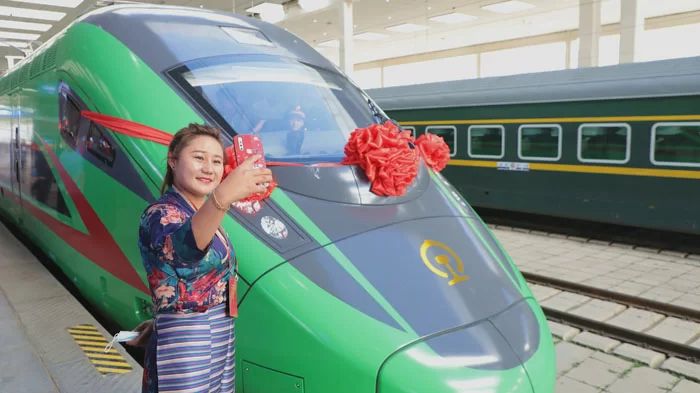 The Lhasa to Shigatse high-speed train is the first high-speed train in Tibet.
The Lhasa to Shigatse high-speed train is the first high-speed train in Tibet.
3. The newest high-speed train in Tibet is the Lhasa-Nyingchi Train.
The Lhasa-Nyingchi high-speed train is the latest high-speed train in Tibet, which opened to the public on June 25th, 2021, after six years of construction. It connects Lhasa to Nyingchi via Shannan. With over 90% of the railway at elevations over 3,000 meters, it was a challenging engineering undertaking. The railway crosses the Yarlung Tsangpo River 16 times and has 47 tunnels and 121 bridges.
It is now possible to travel from Lhasa to Nyingchi in 3.5 hours, compared with 5 hours by road. Driving from Shannan to Nyingchi takes 6 hours but can now be done in a little over 2 hours by train. The trains rely heavily on electric engines, minimizing their environmental impact, and the train cars even come prepared with oxygen systems to help alleviate potential altitude sickness.
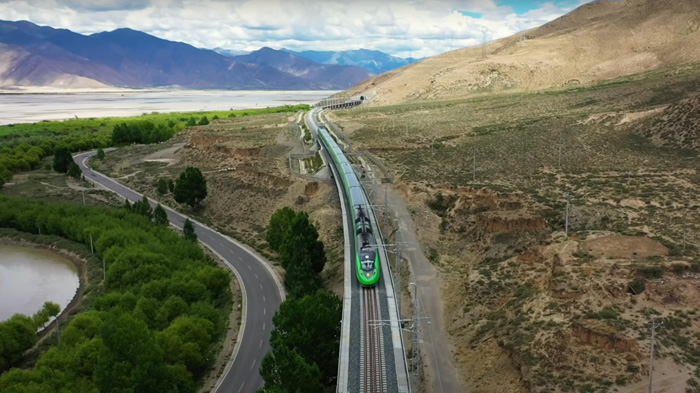 The high-speed train running between Lhasa and Nyingchi is the newest bullet train in Tibet.
The high-speed train running between Lhasa and Nyingchi is the newest bullet train in Tibet.
4. How fast is the bullet train in Tibet?
High-speed trains along the Nyingchi-Lhasa segment of the Sichuan-Tibet railway travel at a maximum spend of 160 km/hour. The Chengdu-Ya'an segment trains travel at 200 km/hour, and the future Ya'an-Nyingchi segment is designed for speeds between 120-200 km/hour.
These speeds are lower than the 300+ km/hour speeds found on other high-speed rail lines in China. Due to the challenging terrain, high-speed trains in Tibet have added safety concerns not found in other regions of China. The new trains still represent a significant speed increase over the Qinghai-Tibet Railway, which travels at 100 km/hour through sections laid on permafrost and at 120 km/hour over other sections.
5. What does the high-speed train in Tibet look like?
The high-speed trains used in Tibet are the CR200J Fuxing trains adapted for the high-altitude plateau with extra weather resistance. The trains have a sleek, modern design streamlined for the best aerodynamics and efficiency. The nose of the train engine is particularly distinctive compared with traditional trains. It adds to the overall aerodynamics and completes the sleek lines of the design.
The CR200J trains are painted green, reminiscent of the old green-skinned trains that were common all around China. The trains' interiors are comfortable and spacious. Power outlets and Wi-Fi are commonly available, and seats have lots of legroom. On the Nyingchi-Lhasa segment, 12-car trains are in service, capable of carrying many passengers. Distributed oxygen systems are installed to help alleviate altitude sickness.
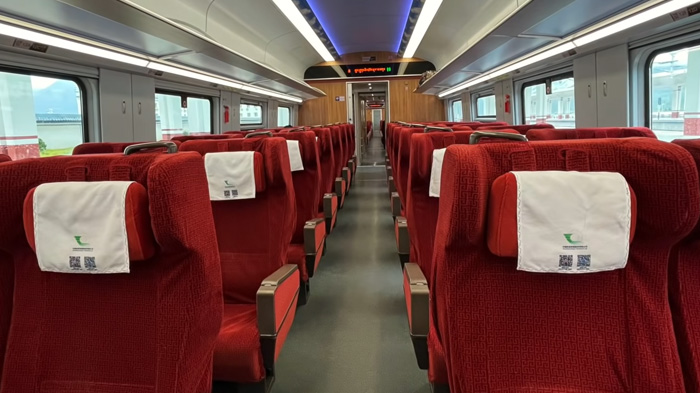 The First-class Seats on Tibet High-speed Train
The First-class Seats on Tibet High-speed Train
6. How much does the Tibet high-speed train ticket cost?
Tickets for the Tibet high-speed train are very affordable. Second-class seats are grouped in sets of 3+2, with comfortable upholstery and folding tables. The second-class high speed train Tickets from Nyingchi-Lhasa cost 129 RMB (~18 USD), and 64RMB (~ 9 USD) from Lhasa to Shigatse .
Wider, first-class seats are in a 2+2 configurations and feature added legroom, more reclining space, and more comfortably designed seats. First-class tickets from Nyingchi-Lhasa cost 206 RMB (~29 USD), and 103 RMB from Lhasa to Shigatse (~15 USD).
Business class seats in a 1+1 configurations are also available for added luxury. In addition to individual power outlets, reading lights, and adjustable backrests, business-class cars also offer a quieter and less crowded environment. The business class high speed train Tickets from Nyingchi-Lhasa cost 452 RMB (~63 USD), and 225 RMB (~ 32 USD) for Lhasa-Shigatse trains.
Ticket Price Table for High-speed Trains in Tibet
| Train Route | Business-class | First-class | Second-class |
|---|---|---|---|
| Nyingchi Lhasa Train | 452 RMB | 206 RMB | 129 RMB |
| Lhasa Shigatse Train | 225 RMB | 103 RMB | 64 RMB |
7. How to book a Tibet high-speed train ticket?
There are three main ways to book Tibet high-speed train tickets. One of the most common is booking online. The official China Rail website is 12306.cn and offers service in English and Chinese. Trip.com is another popular website with English and Chinese service that can be used to book trains.
To use these platforms, you must register an account and provide a valid passport number. Payment can be made through WeChat, Alipay, and online banking services. After booking your ticket, you will need to pick up the physical ticket at the train station with your passport. Make sure to arrive early enough to leave time for this step.
It is possible to buy tickets directly at the train station. Lines can be long at peak times, and you are not guaranteed to get a seat on the train you want, so it's best to arrive early. Be aware that English service may not be available. A valid passport is required to purchase a ticket.
The most convenient way is to book a Tibet train ticket with us. When you arrange your tour with us, we will make sure to get you on the train you want. You will still need to collect the physical ticket at the station.
8. How to plan a high-speed train tour in Tibet?
It is easy to add a high-speed train experience on a general Tibet tour. The most popular way is to take the Shigatse to Lhasa high-speed train after completing the Everest Base Camp in Tibet. This route offers your a quick and relax journey back to Lhasa.
If you plan to explore Nyingchi during your Tibet trip, it is recommend to fly to Nyingchi first. After seeing the sights in Nyingchi, you can take a scenic high-speed train from Nyingchi to Lhasa. It is also a good way to acclimatize to the high altitude of Tibet, as Nyingchi is situated at a lower elevation than Lhasa. Alternatively, you can travel to Nyingchi by high-speed train from Lhasa after your Tibet tour in other regions.
Please feel free to share your Tibet travel plans with us, and our local experts will create the perfect trip for you. We'll also handle booking your high-speed train tickets, making your Tibet journey hassle-free.
9. How to enjoy both High-speed train and Tibet train to Lhasa from the mainland of China?
Nowadays, it is convenient to take a high-speed train to a closer gateway city and join the trains to Tibet from there. With Xi’an, Xining, and Lanzhou being the closest gateway cities to Tibet, it is possible to connect to the Tibet trains there using high-speed trains, in order to shorten the journey. With the high-speed rail network being so much more improved now, there are trains that run from the major cities to these three gateway cities daily, which can be used to reduce your total trip time.
Conclusion
While there are no direct high-speed trains to Tibet from mainland China, there are two high-speed railways operating within Tibet itself. Now, travelers can experience a bullet train journey from Lhasa to Shigatse/Nyingchi, or vice versa, offering a unique opportunity to enjoy the comfort and convenience of modern high-speed travel on the Tibetan plateau.
Additionally, you can combine a China high-speed train tour with the classic Qinghai-Tibet train journey. Arrive in one of the gateway cities via bullet train and then embark on the Tibet train via the Qinghai-Tibet Railway.
If you would like more information about Tibet train tours or need assistance arranging your trip to Tibet, feel free to contact us. Our local travel experts are delighted to share their knowledge and help you fulfill your dream trip to Tibet.

With exceptional passion and outstanding leadership, Mrs. Catherine has dedicated herself to Tibet inbound tourism and China tour for 15 years. As one of the handful females who see great potential of Chinese inbound tourism, Catherine has made great contribution to promoting Tibet tourism and enhancing the employment of Tibetans and prosperity of local Tibetan community.
Over the years, she travelled overseas with Tibet Tourism Bureau many times to promote Tibet tourism. Currently, Catherine works as the marketing director of Tibet Vista, an opinion leader behind the whole team of Tibet Vista.
Related Articles & Posts
Most Popular Tibet Tour Packages
-
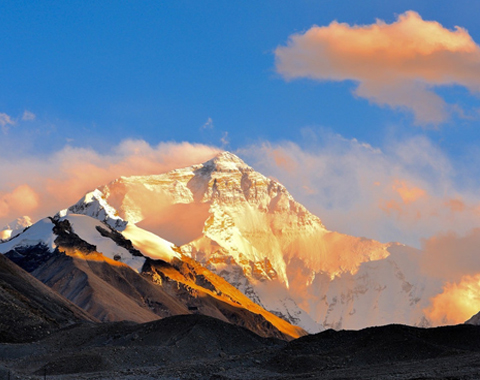
Lhasa - Gyantse - Shigatse - Everest Base Camp - Shigatse - Lhasa
USD939
View Details -
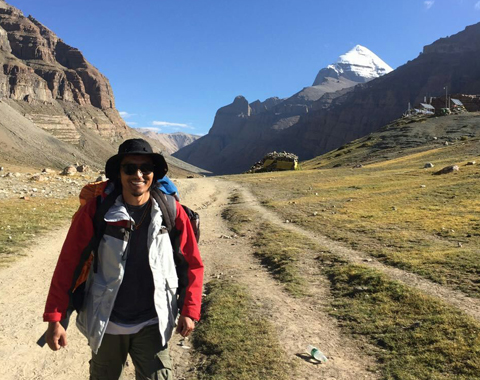
Lhasa - Gyantse - Shigatse - E.B.C - Saga - Kailash Trek - Darchen - Lake Manasarovar - Saga - Gyirong - Tingri - Lhasa
USD2059
View Details -
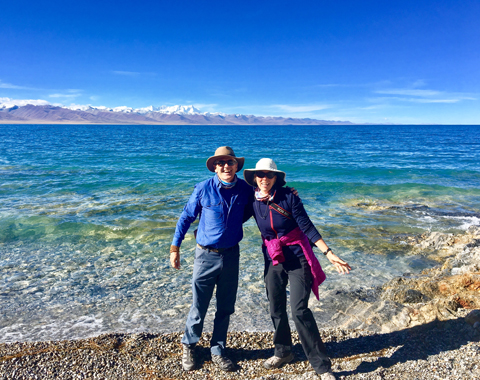
10 Days Lhasa to Everest Base Camp and Namtso Lake Small Group Tour
Lhasa - Gyantse - Shigatse - EBC - Shigatse - Lhasa - Namtso Lake - Damxung - Lhasa
USD1289
View Details -
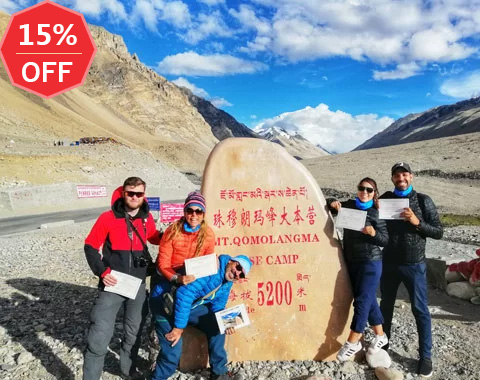
8 Days Driving Across Himalaya Overland Adventure from Kathmandu to Lhasa
Kathmandu - Gyirong - Everest Base Camp - Tingri - Shigatse - Gyantse - Lhasa
USD1069
View Details -
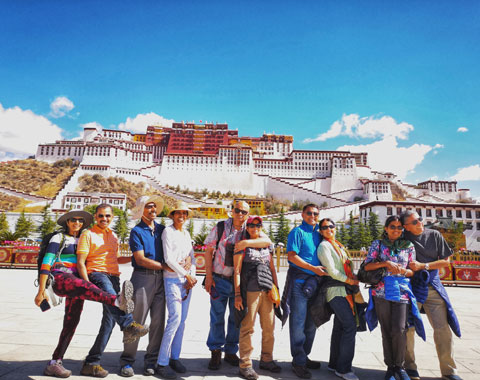
4 Days Lhasa Impression Small Group Tour: Explore the Heart of Tibet and Mingle with the Locals
Lhasa
USD509
View Details -

Lhasa - Gyantse - Shigatse - Everest Base Camp - Gyirong - Kathmandu
USD979
View Details -
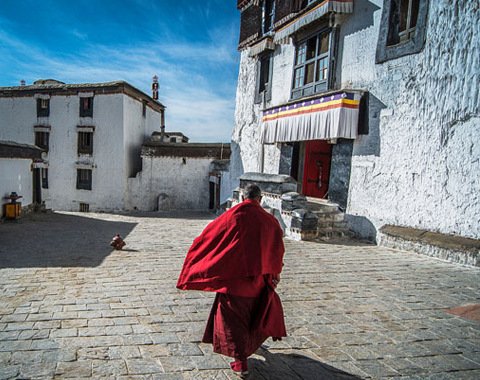
Lhasa - Gyantse - Shigatse- Lhasa
USD799
View Details -
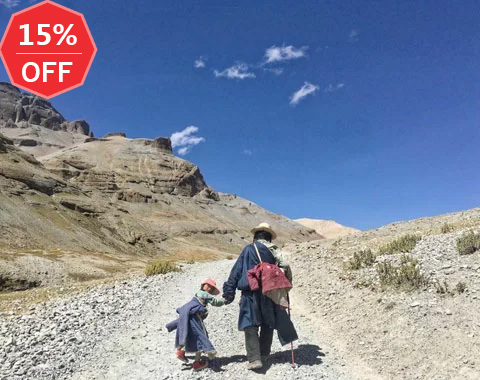
13 Day Lhasa, Mt. Everest, Mt. Kailash, Lake Manasarovar and Kathmandu Adventure Tour
Lhasa - Gyantse - Shigatse - EBC - Saga - Darchen - Kailash Trek - Darchen - Saga - Gyirong - Kathmandu
USD2059
View Details
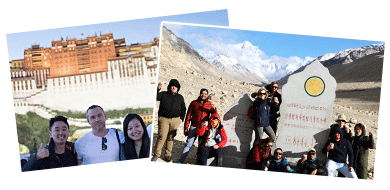

.jpg)



